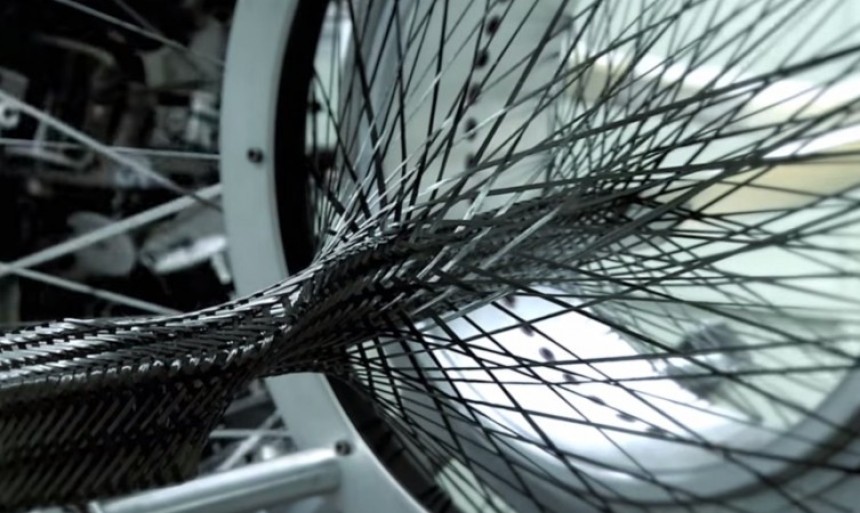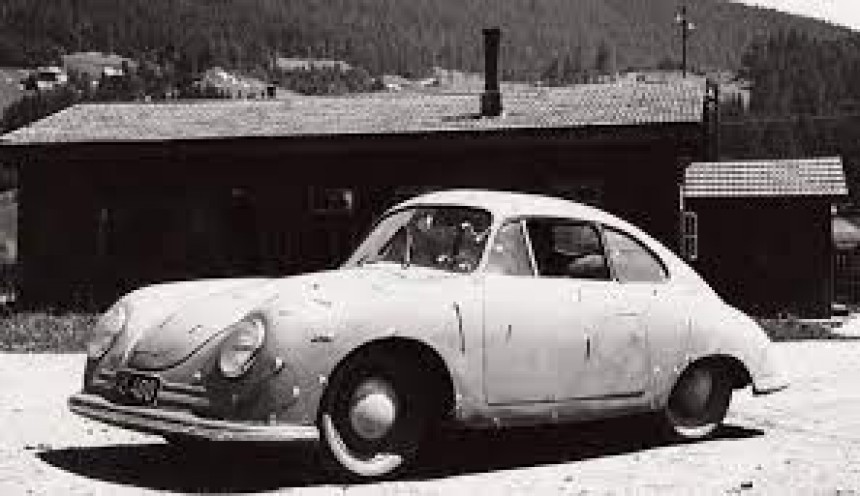Reverse psychology is a great motivator, especially among the world’s most creative minds. Sometimes changing the world must start in the shadows, and this is how it’s done.
We hope this will inspire you to chase your dreams. These people defied the status quo, and they shall be remembered for it.
Lamborghini had recently been purchased by Chrysler, and their bean-counters insisted that carbon was a pipedream. After mortgaging his house, he purchased the tooling necessary to open Modena Designs. This allowed Pagani to patent several new materials, including Carbotanium. Weaving carbon fiber with titanium offers incredible strength, and it took the world by surprise with the first Pagani Zonda
Originally, the LFA was going to be carbon fiber panels over an aluminum chassis, but this wasn’t good enough. Instead, he demanded major portions of the car be formed of larger and stronger pieces. Therefore, they invented the first loom capable of weaving carbon fiber in 3 dimensions. This machine itself is just as significant as the car it made possible, and the boss isn’t likely to share it with anyone else.
Ordered to destroy the 5 prototypes, he loaned three to a Texas oil tycoon and hid 2 in an old Chevy R&D garage. But he couldn’t stop. Continued testing yielded a reliable aluminum small block that offered 550 horsepower. Using paper-thin fiberglass for the body, the cars weighed in at 1,500 lbs. Determined to show the world what Chevrolet is capable of, Zora prepped cars #3, 4 and 5 for endurance racing. Beating the entire field by 10 seconds landed him in trouble again, so the program was officially canceled. He saved the cars from the crusher by giving them to friends, and they are among the world’s most valuable cars
With efficiency as a top priority, they started with a clean sheet of paper. To minimize drag on the wings, they were formed from a single, massive aluminum stamping. It was also the first carbon fiber fuselage, and the first business jet with an all-glass cockpit.
Given their fresh approach to aeronautical engineering, they mounted the engines above the wing. Since the Wright Brothers, this had been a recipe for drag and instability. Honda solved it by using the engine nacelles to cancel out turbulent airflow between the wings and the fuselage. It took two decades to meet their own strict criteria, and the project has been an incredible success.
France was bankrupt, so they offered to free the old man for one million Francs. To pay his ransom, Ferdinand Jr. did contract work for racing teams while fixing cars, farm equipment and other odd jobs. Using the chassis of the Beetle, he rented an old sawmill in Austria and hired a few friends. After hammering out a few aluminum bodies, he convinced dealers to back his project. This money allowed the old man to come home to see his family name on a sleek new sports car. The Porsche 356 was a gift from son to father, and it was the beginning of an empire.
This is the beginning of a new series that will unlock stories of the automotive world you could never have imagined, so stay with us for all your automotive insights.
Horacio Pagani
A 17-year-old left his home in Argentina with a letter of recommendation from a mechanic. With no formal training, Ferrucio Lamborghini gave him a job sweeping the floors. Two decades later, Horacio Pagani had worked his way up to Chief Engineer for the house of the Raging Bulls. Knowing full well the future was in carbon fiber, he requested two autoclaves capable of forming the futuristic composite.Lamborghini had recently been purchased by Chrysler, and their bean-counters insisted that carbon was a pipedream. After mortgaging his house, he purchased the tooling necessary to open Modena Designs. This allowed Pagani to patent several new materials, including Carbotanium. Weaving carbon fiber with titanium offers incredible strength, and it took the world by surprise with the first Pagani Zonda
Lexus Carbon Fiber Loom
Sakichi Toyoda invented Japan’s first powered loom in 1905. Perfection in textiles is still sacred to the family, and the world was reminded of this when his Great-Grandson unveiled the Lexus LFA. Ordinary looms are great for 2-dimensional carpet, but something special is needed to form 3D parts. The LFA took a decade to build because Akio Toyoda pushed his engineers past what the world said was possible.Originally, the LFA was going to be carbon fiber panels over an aluminum chassis, but this wasn’t good enough. Instead, he demanded major portions of the car be formed of larger and stronger pieces. Therefore, they invented the first loom capable of weaving carbon fiber in 3 dimensions. This machine itself is just as significant as the car it made possible, and the boss isn’t likely to share it with anyone else.
Corvette Grand Sport
GM is in the business of making money, not building race cars. That’s what the bosses told Zora Duntov when they discovered his secret project. The man responsible for transforming the Vette from an ugly 6-cylinder into a fuel-injected supercar was censured by the head office.Ordered to destroy the 5 prototypes, he loaned three to a Texas oil tycoon and hid 2 in an old Chevy R&D garage. But he couldn’t stop. Continued testing yielded a reliable aluminum small block that offered 550 horsepower. Using paper-thin fiberglass for the body, the cars weighed in at 1,500 lbs. Determined to show the world what Chevrolet is capable of, Zora prepped cars #3, 4 and 5 for endurance racing. Beating the entire field by 10 seconds landed him in trouble again, so the program was officially canceled. He saved the cars from the crusher by giving them to friends, and they are among the world’s most valuable cars
Honda Jet
Back in 1986, four engineers at Honda embarked on a top-secret project. Private air travel was led by the same old manufacturers that rarely stepped out of their comfort zones. Honda doesn’t build jets, and they surely won’t build them in Greensboro, North Carolina. That was the notion when the rumors began.With efficiency as a top priority, they started with a clean sheet of paper. To minimize drag on the wings, they were formed from a single, massive aluminum stamping. It was also the first carbon fiber fuselage, and the first business jet with an all-glass cockpit.
Given their fresh approach to aeronautical engineering, they mounted the engines above the wing. Since the Wright Brothers, this had been a recipe for drag and instability. Honda solved it by using the engine nacelles to cancel out turbulent airflow between the wings and the fuselage. It took two decades to meet their own strict criteria, and the project has been an incredible success.
Porsche
At the end of WW2, an old German car designer was locked up in a French prison. Ferdinand Porsche had sold his soul to the Third Reich by building the “Volkswagen” or “People’s Car”. Hitler had demanded a cheap car that could be sold to help build tanks, guns, battleships...everything a madman loves.France was bankrupt, so they offered to free the old man for one million Francs. To pay his ransom, Ferdinand Jr. did contract work for racing teams while fixing cars, farm equipment and other odd jobs. Using the chassis of the Beetle, he rented an old sawmill in Austria and hired a few friends. After hammering out a few aluminum bodies, he convinced dealers to back his project. This money allowed the old man to come home to see his family name on a sleek new sports car. The Porsche 356 was a gift from son to father, and it was the beginning of an empire.
This is the beginning of a new series that will unlock stories of the automotive world you could never have imagined, so stay with us for all your automotive insights.







